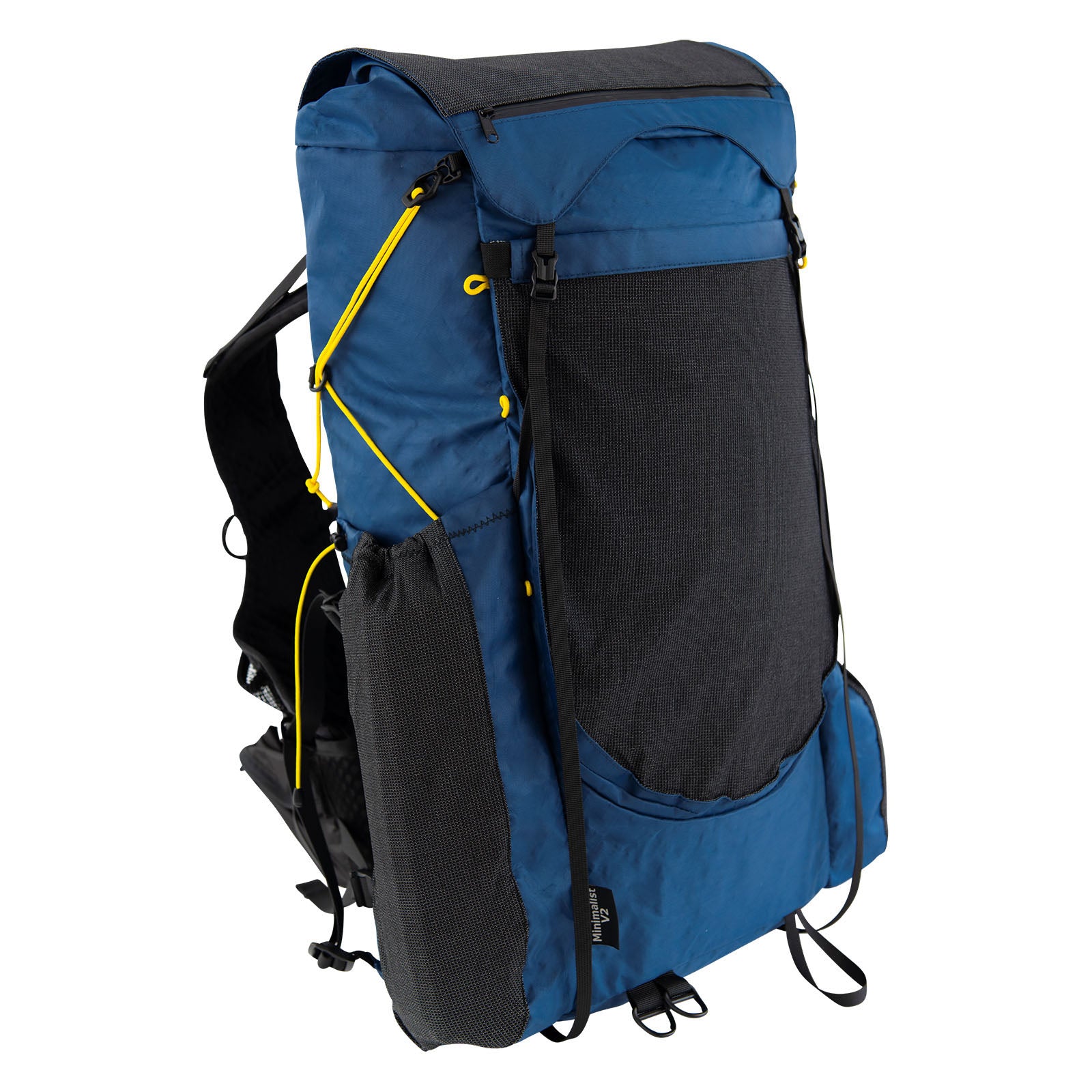Travelers face the eternal dilemma: hauling their beloved backpacking gear through airports without causing a scene. It's a dance between airline regulations and adventurer needs. That trusty 65-liter beast might be perfect for the trail and kitchen sink, but airport security doesn't share the same enthusiasm.
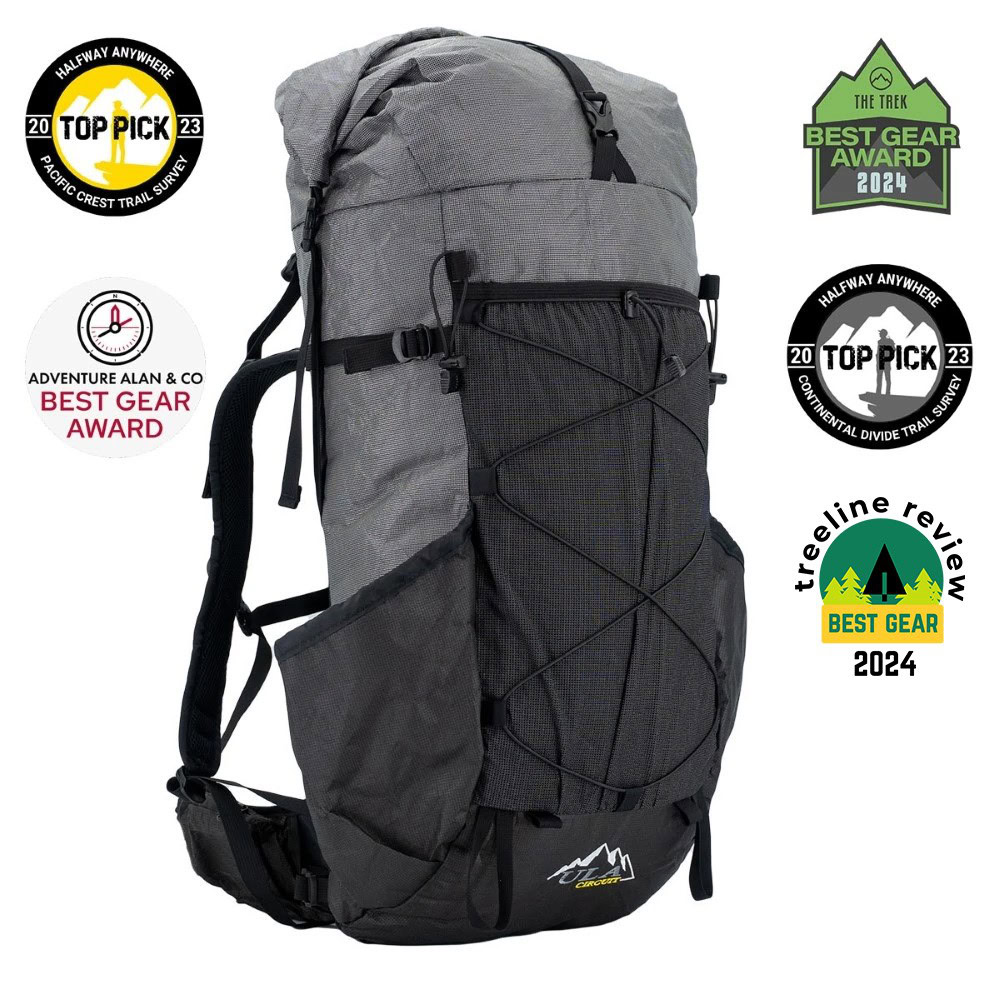
The good news? Many backpacking packs can indeed make the cut as carry-ons. The bad news? Airlines love changing their rules faster than hikers change socks. Here's what really matters.
While seasoned travelers know the hassle of checking bags, using a backpacking backpack as carry-on luggage presents its own unique challenges. Airlines aren't exactly generous with their size restrictions - most limit carry-ons to 22" x 14" x 9" or 45 linear inches total.
That fancy, but large, 65L expedition pack? Probably not going to fly, literally.
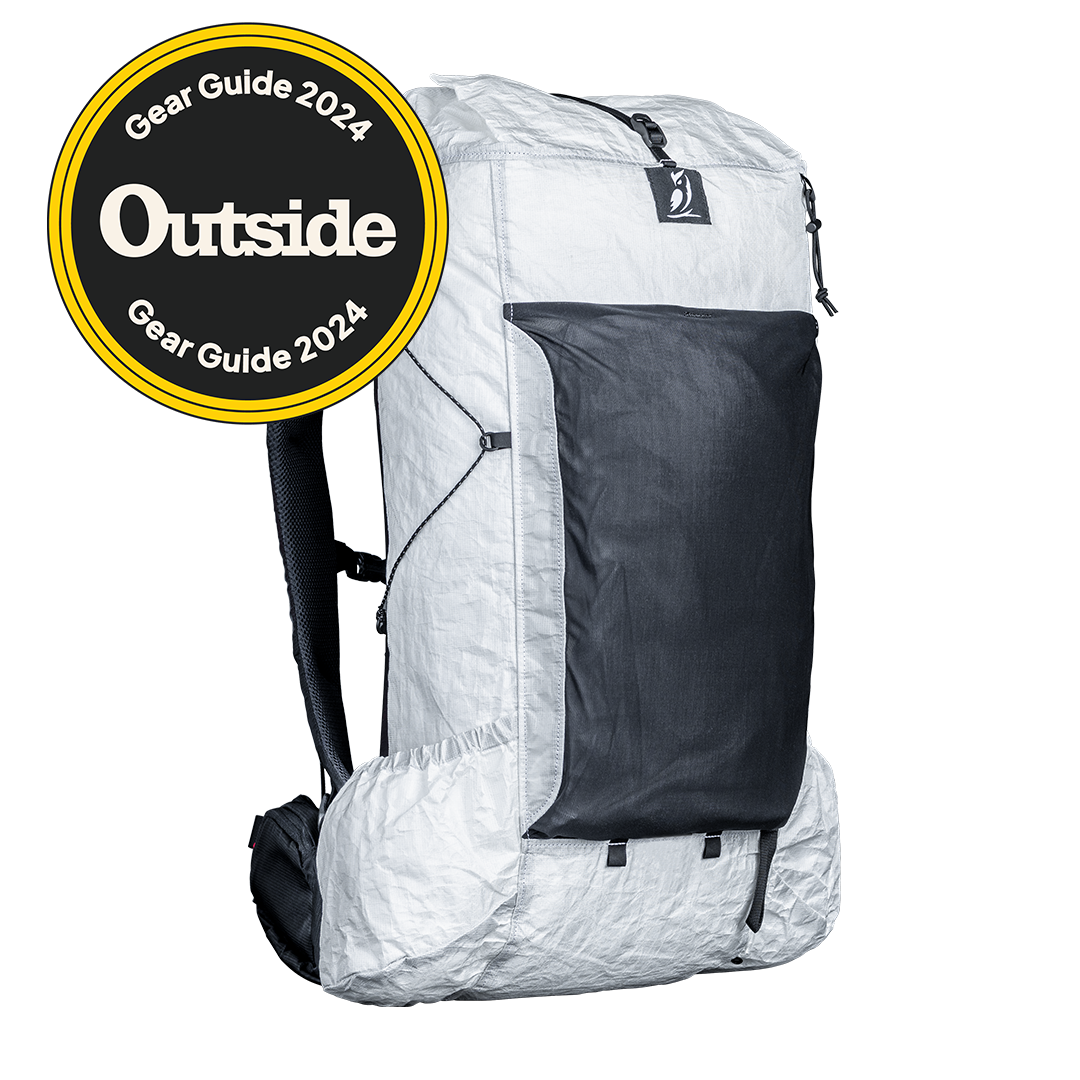
The good news is that backpacks under 45L generally make the cut. Frameless packs are especially airport-friendly, squishing into those dreaded metal sizing cages when needed. Compression straps are a backpacker's best friend here, cinching down that bulging load into something that resembles airline compliance.
It's smart to also understand that small planes often have tighter overhead space restrictions. Using a Zpacks Airline Case while at security can help protect loose straps from getting caught.
But let's be real - those external water bottle pockets and dangling straps aren't doing anyone any favors getting through TSA.
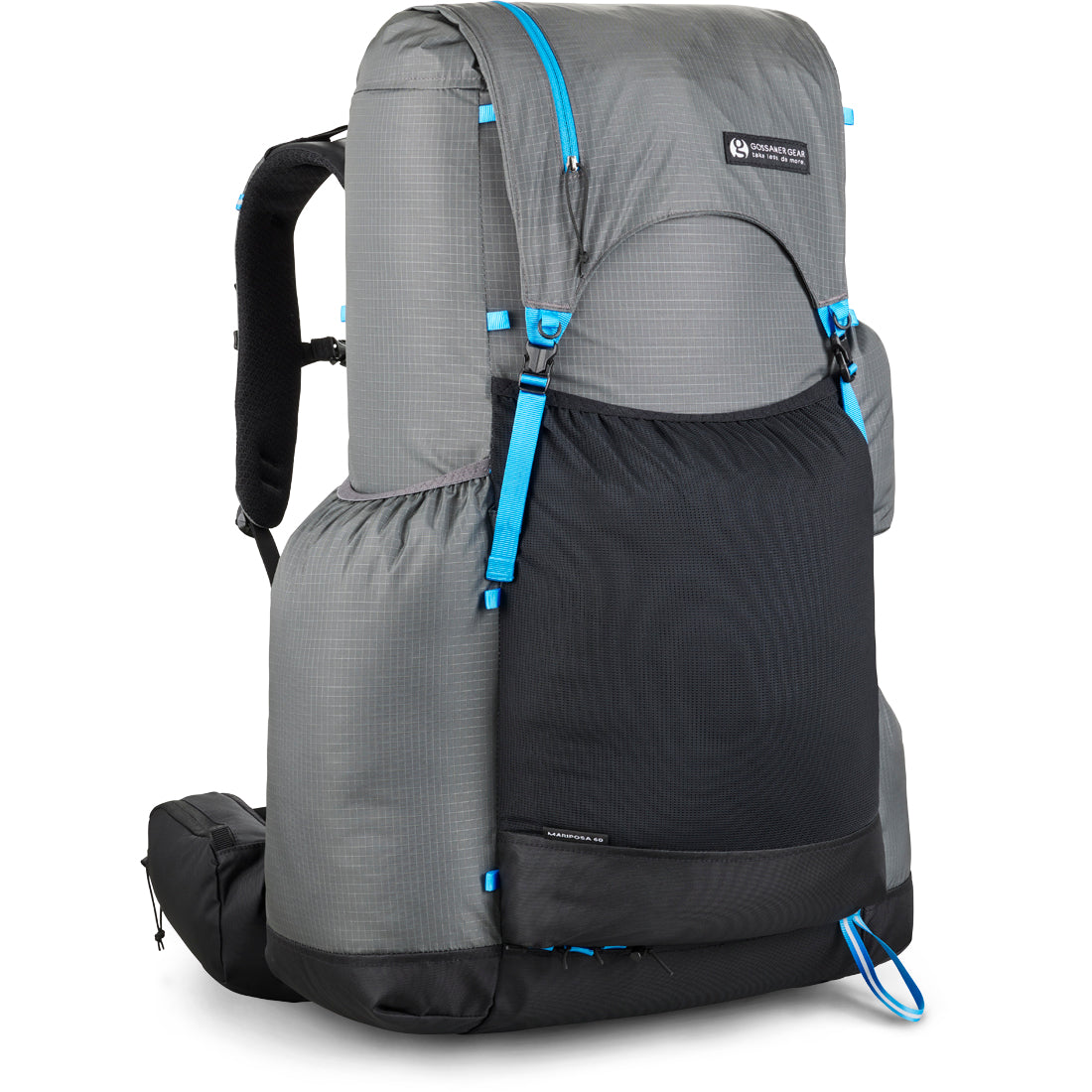
Basic economy tickets throw another wrench in the works, restricting passengers to just one personal item. Full-service carriers are more accommodating, typically allowing both a carry-on and personal item. European airlines? They're even pickier, often capping length at 20 inches.
And don't forget weight limits in addition to size - many international carriers won't hesitate to make you check that 30-pound pack.
Smart packing makes all the difference. Underpacking leaves room for compression, while wearing bulky items saves precious space. Packing cubes aren't just for organization - they're compression champions. Heavy items go at the bottom, and those exterior pockets better not bulge.
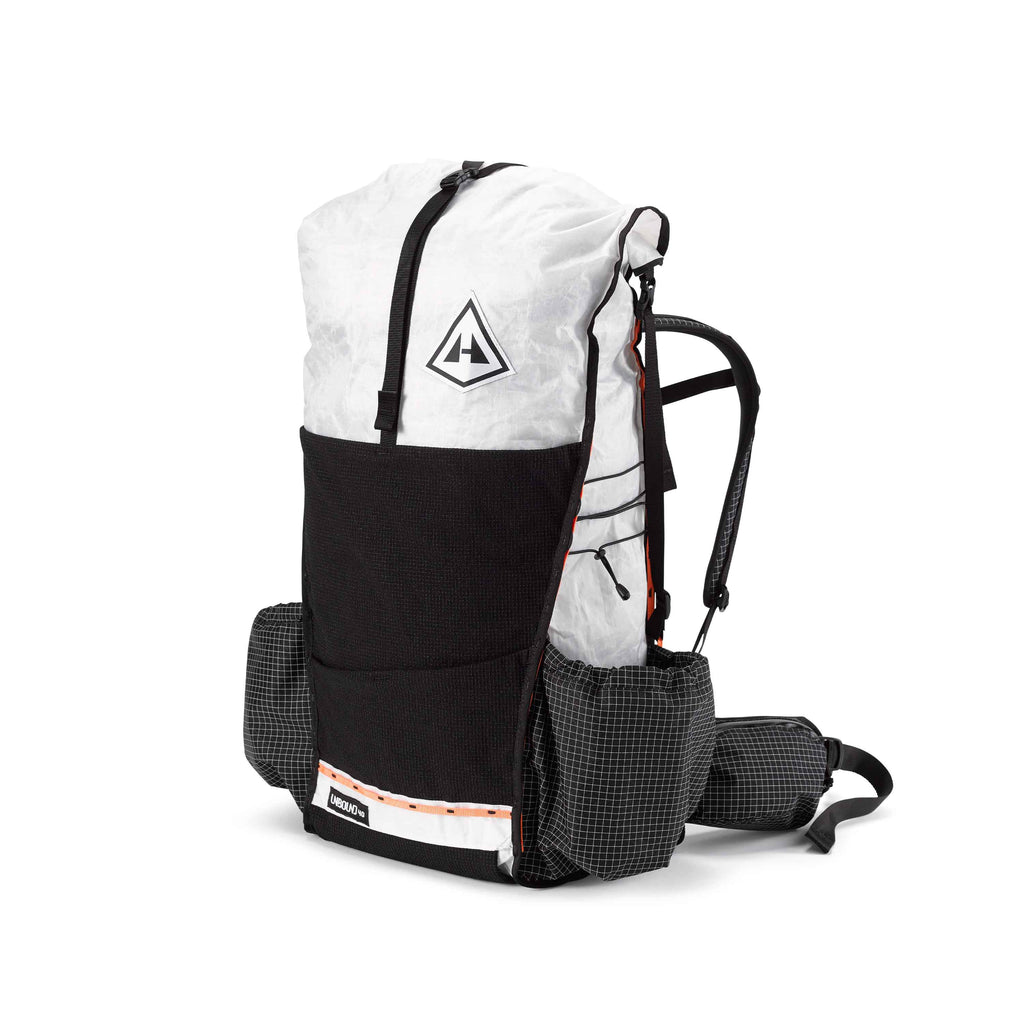
Security's another beast entirely. No fuel canisters allowed, and those trekking poles might need checking. At least lithium batteries must stay in carry-ons - one less thing to worry about.
For the risk-averse, alternatives exist. Check the big pack and carry a daypack instead. Or ship gear ahead - though that's hardly budget-friendly. Some travelers bite the bullet and invest in dedicated travel packs that meet airline specs.
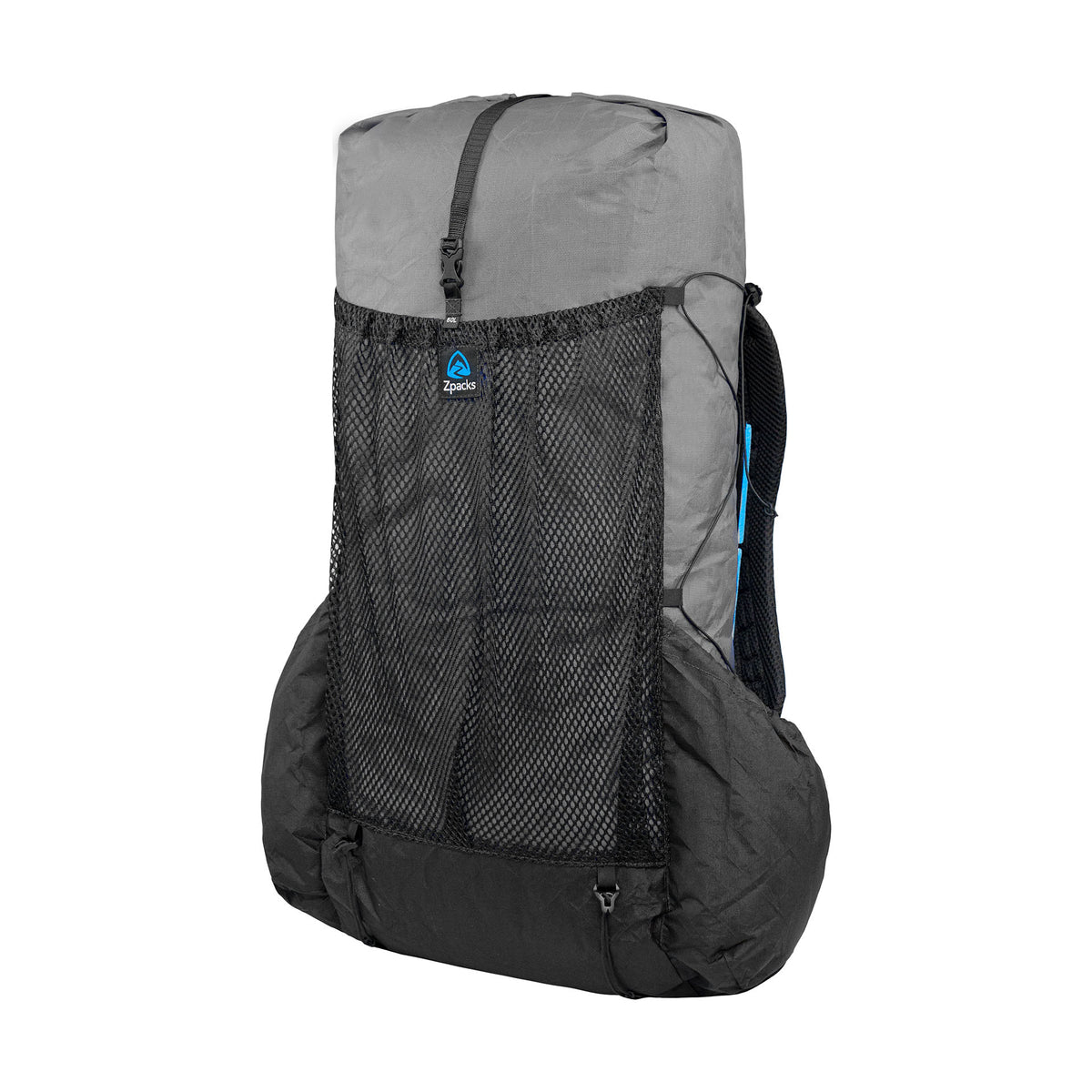
Whatever the choice, arriving early and being polite goes a long way. Since let's face it - sometimes that backpack's just going to end up in the cargo hold, no matter how much you compressed it.
